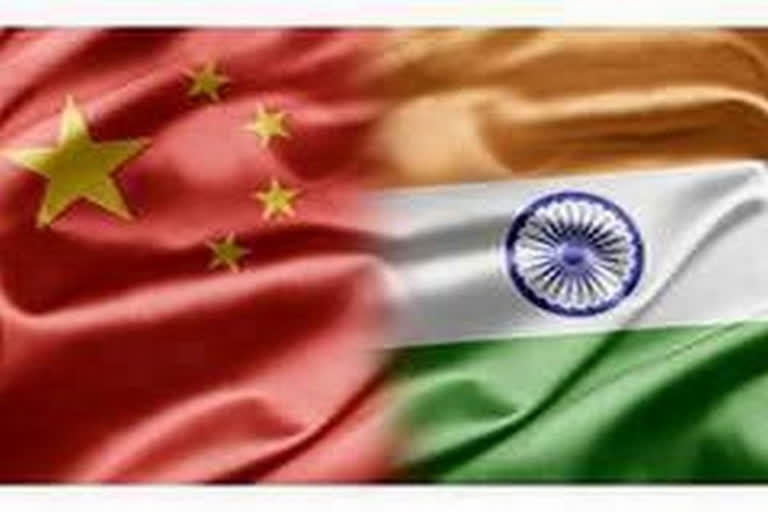Washington: Two Chinese officers in 1999 put forward different methods to beat the US, these were the methods that could be used by nations that could not compete with the West in terms of military.
In their book, Unrestricted Warfare: China's Master Plan to Destroy America, they suggested ways to avoid a military confrontation with the US military, these ways included targeting financial systems, economical setbacks, taking infrastructure under control, cyber attacks, political propaganda and other 'indirect wars', said Author Janet Levy in American Thinker.
Undoubtedly, these tactics have been accepted by the Chinese government, especially, against the US ally India.
The Chinese Communist Party (CCP) came into power in 1949, a time when newly independent India was being led by Prime Minister Jawaharlal Nehru and it was seen as the only answer to China in the region. But several events in the last two years have highlighted China's attempts to ravage the world's largest democracy, these include stealth appropriation of territory, skirmishes along the Sino-Indian border, several crippling cyber-attacks, the use of unorthodox weapons, including one that caused an extensive power outage in India's financial hub Mumbai, the diversion of shared water resources, and a treacherous geostrategic alliance with India's archenemy Pakistan. China is deploying both Sun Tzu's The Art of War and the PLA officers' Unrestricted Warfare as playbooks, American Thinker reported.
Read: Post Galwan clash, India has carefully re-chartered its economic relations with China
Last year, China also surprised Indian troops on LAC, violating a decades-old bilateral agreement. India was forced to respond with a restricted number of troops. In this skirmish, 20 Indian soldiers were killed and 75 injured. Several experts suggest that China has used 'microwave weapons' against Indian troops, that were effective up to a kilometer, cleverly dodging the "no live shot" rules of engagement. These mentioned this 'microwave technology' as something that heats up fluid under the skin, causing intense pain and vomiting and that resulted in Indian troops retreating after becoming violently ill.
Though border clashes between Indo-Chinese soldiers have been frequent, but in recent years, the PLA has built establishments, conducted war drills, and even tried to occupy territories. China has also used these tactics against other countries in the region. Calling off the troops when countries protest but yet intruding again.
In American Thinker, Janet Levy also mentioned that China's attacks on all fronts are well coordinated. At the height of the border standoff, there was a 200% increase in cyber attacks on Indian IT and banking systems over five days, with more than 40,000 attempts by Chinese hackers to install the malware in Indian networks. Chinese-sponsored groups also mounted espionage operations against India's power and transportation sector, including two ports.
The grand power-cut in Mumbai in 2020, that shuttered the complete infrastructure including stopped trains, closure of the stock market, hours of power cut in hospitals amid deadly pandemic was allegedly the result of an attack by the Chinese military group RedEcho.
A mega-dam that China is building on their side of the Brahmaputra River could also give India's water control to CCP, yet another potentially 'without gun' win over the world's largest democracy.
The American Thinker also reported that China is acquiring geostrategic control that is already posing a major threat to India. It has expanded its interests by cultivating politicians in Nepal, building infrastructure in Bhutanese villages, virtually owning a port in Sri Lanka that's within 100 kilometers of India, cultivating nearly 70 countries through its Belt and Road Initiative, and embracing India's archrival Pakistan with the China-Pakistan Economic Corridor.
Read: India, China should be able to achieve status quo in eastern Ladakh in gradual manner: CDS
Indo-China clash is way deeper than what it looks like on the ground, it's all a part of CCP's attempt to outweigh and destabilize the US through undermining India, the biggest democracy and a stalwart US ally. Chinese Communist Party is indeed a practical implementation of Sun Tzu's 'Art of War'. Author Janet Levy said in American Thinker.
ANI



